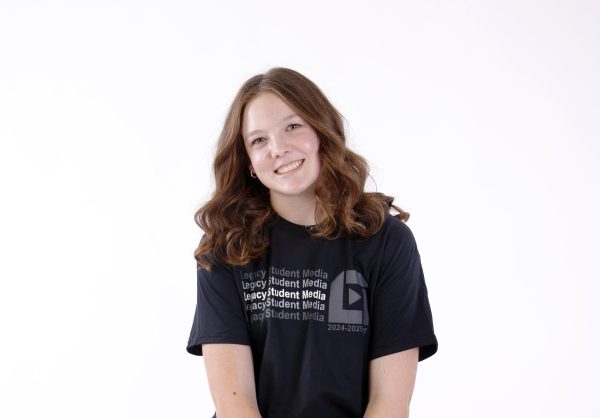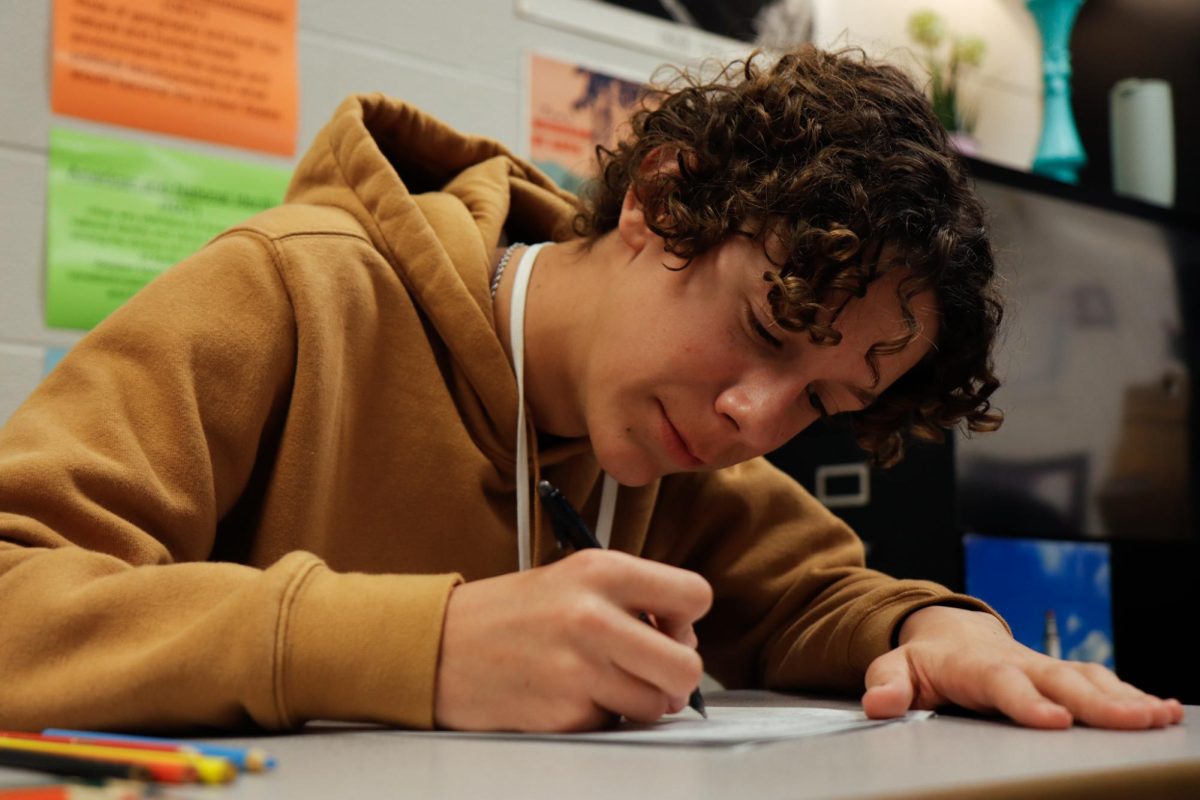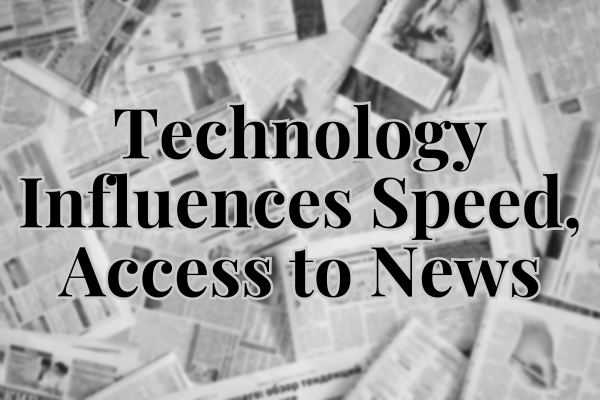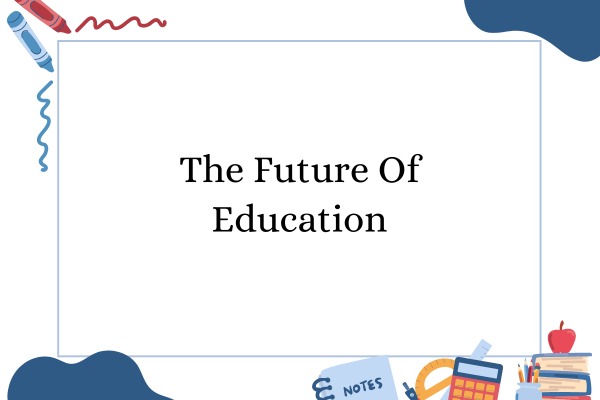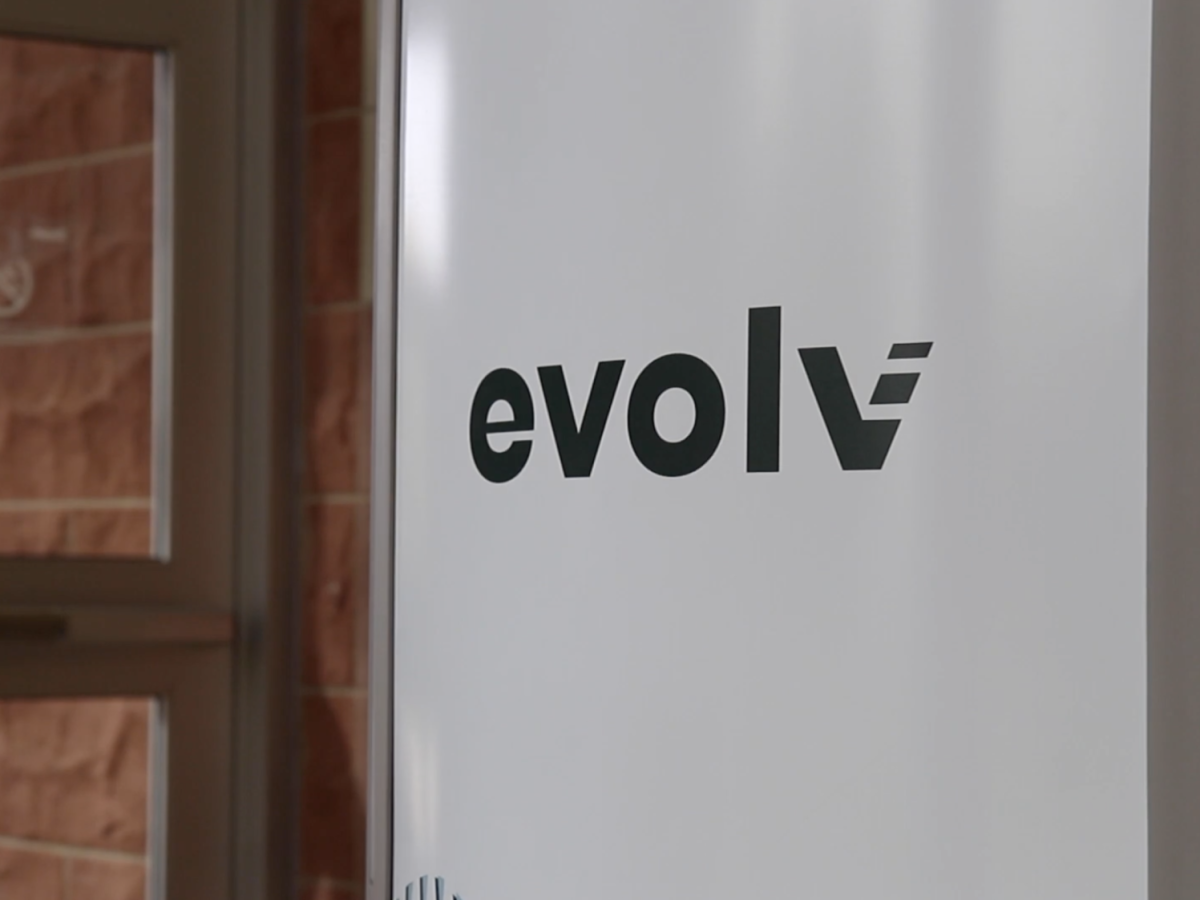COVID-19 changed many students’ lives because of how it affected the education system. Mary Grace Kuper attended Legacy through the COVID-19 pandemic and graduated in the spring of 2024. The famous extended spring break happened at the end of her eighth-grade year, and she started her ninth-grade year online.
“For that period where we had to be online my ninth-grade year, it severely affected how I learned,” Kuper said. “I never felt challenged during that time, but it was a really complicated time and no one really knew what to expect with online school.”
An article from Brookings states that COVID-19 caused a significant setback in students’ educational development. An article by the Texas Tribune states how students STAAR test scores dropped severely because of COVID-19. During 2020, taking the STAAR was optional. In 2019, 96% of students participated in taking the test. While in 2020, only 87% of students participated. Math scores dropped from 50% of students meeting their grade level in 2019 to 35% in 2021.
“Ninth grade was my only year with straight As because we had group chats for every class or used the internet to find answers,” Kuper said. “I felt like there was no point to learning since your phone was right there so when sophomore year came I found it challenging, and I had to remember how to work for my grades.”
COVID-19 also took a toll on teenagers’ mental health. According to the National Institution of Mental Health, students experience symptoms of anxiety, depression and substance abuse. Another article states that in 2021 depressive symptoms increased and mental well-being among teenagers decreased within one year of the global spread of the COVID-19 pandemic.
“My mental health took a big hit,” Kuper said. “I gained a lot of social anxiety during COVID-19. I wasn’t the outgoing kid I used to be.”
Because of the isolation of COVID-19, screen time on social media increased significantly. According to Meltwater, teenagers accounted for 37.2% of TikTok’s active user accounts in the U.S. in January 2020. Oxford Academic states that visits to Instagram increased by 43% during lockdown compared to the previous year in 2020.
“I feel like social media has become everyone’s source of entertainment,” Kuper said. “No one could socialize, so all we could do was sit on the couch and scroll through Instagram and TikTok.”
When Ms. Jodi Esaili began working at Legacy in August 2013, most assignments were done on paper, but seven years later when the pandemic hit her teaching style shifted.
“Online school is very helpful in my opinion,” Ms. Esaili said. “It makes it easier for students and teachers to do work when they are ill and can’t come to school.”
Because of COVID-19 high school learning decreased substantially. According to the Annie E. Casey Foundation, 30% of all students (14.7 million students), were chronically absent, nearly double pre-pandemic rates (16% in 2018–19). These chronic absences were also assisted by using technology instead of paper. Students could finish their work at home and wouldn’t be behind when they returned.
Ms. Abbigayle Marion, who teaches AP World History, attended college when the pandemic hit. Her classes changed from in-class group projects to online breakout rooms overnight.
“The biggest change in today’s society is the integration of technology,” Ms. Marion said. “There’s more flexibility in learning, but there are also new challenges with maintaining engagement, especially with students who have become used to/prefer virtual environments.”
An article discusses how student-to-teacher and teacher-to-student interactions have changed. The pandemic brought teachers’ roles back into the spotlight and reemphasized the idea of nurturing students’ accomplishments and meaningful relationships between students and teachers.
“Post-pandemic, I focus more on their emotional well-being. It’s not just about teaching content but also checking in on how they’re feeling and coping,” Ms. Marion said. “I’ve had to learn how to be more patient and understanding. It’s been a journey of constant adaptation, both for me as a teacher and for the students.”
Ms. Esaili also agrees with Ms. Marion about student interactions.
“I think the student interactions are always changing and evolving,” Ms. Esaili said. “Teacher interactions are also always changing, and I feel like it helps the communication between the two.”
COVID-19 forced people to stay away from others causing educational and developmental setbacks and changing how students interact with society.
“With being isolated I was used to being alone. So when we were getting back into public it was uncomfortable approaching or meeting someone,” Kuper said. “It’s almost like I forgot how to be myself for a while.”




